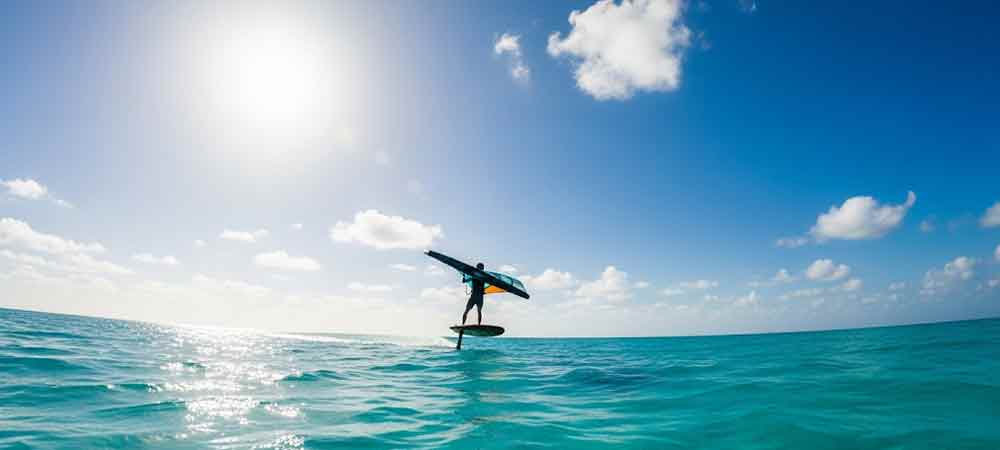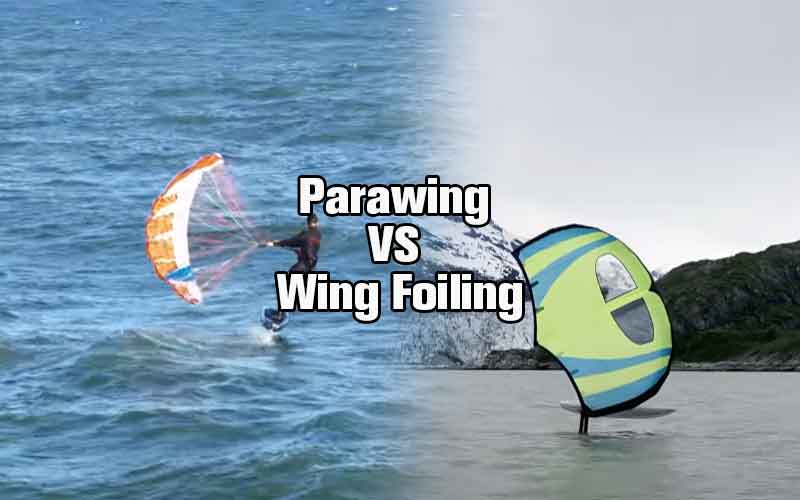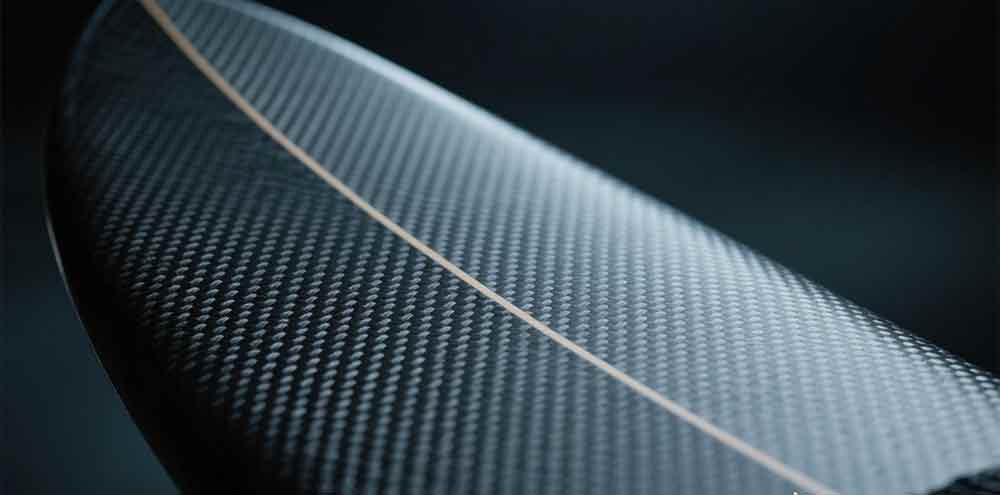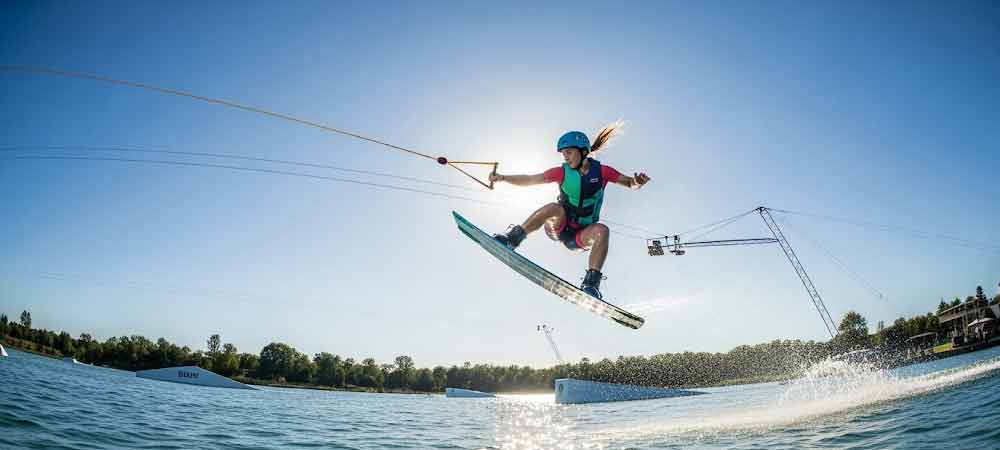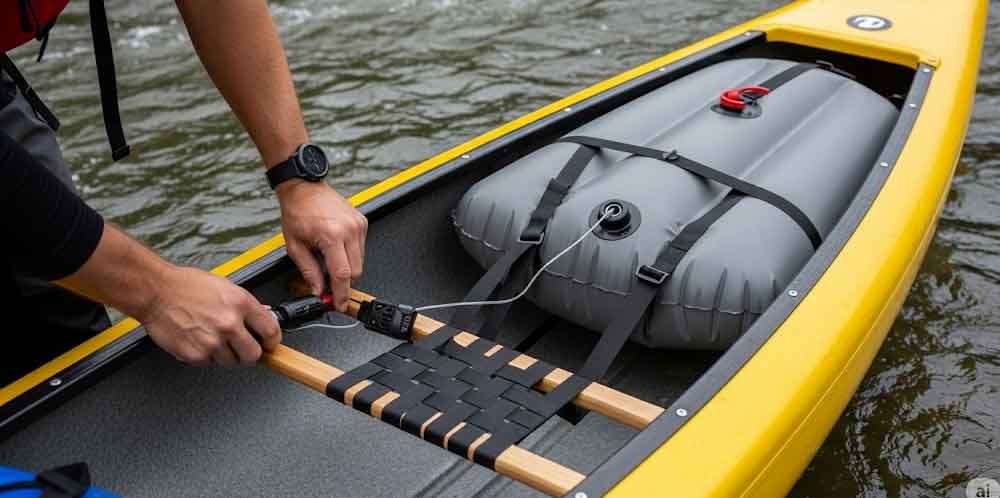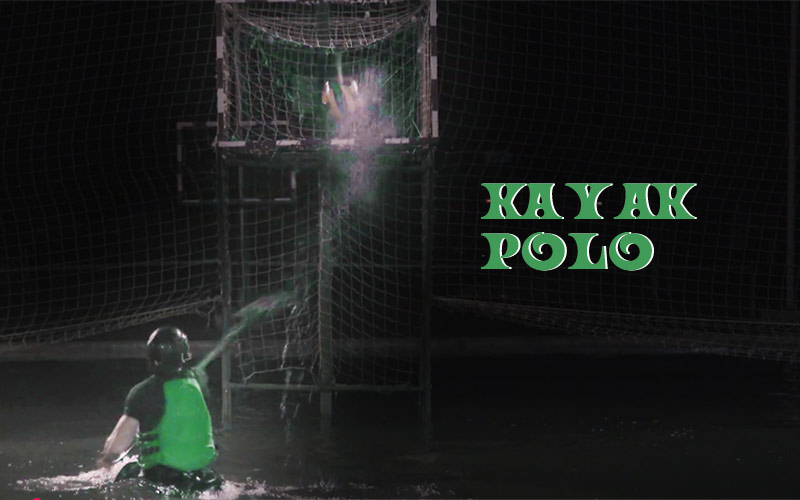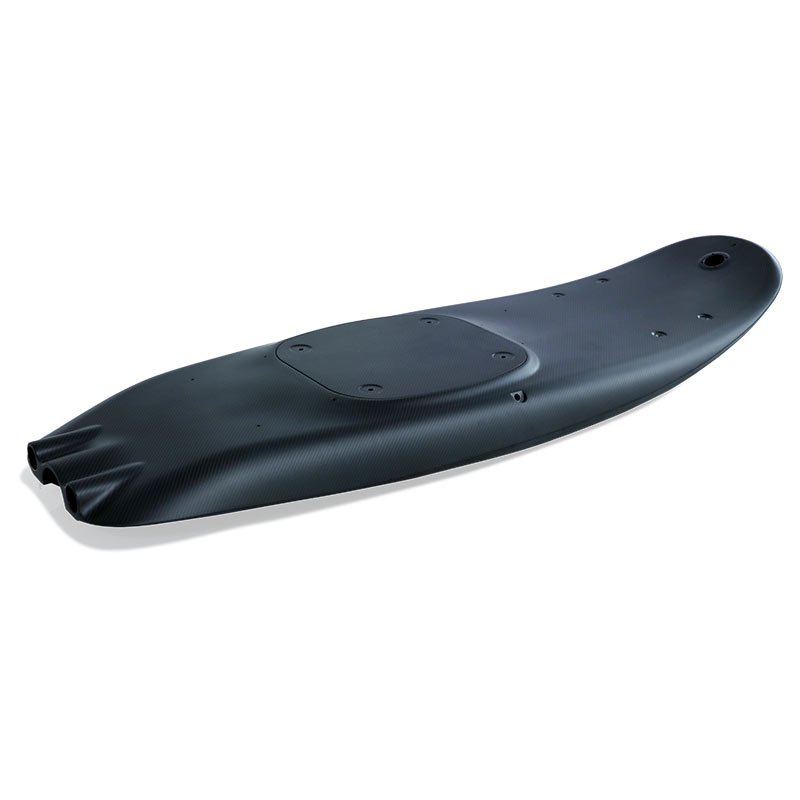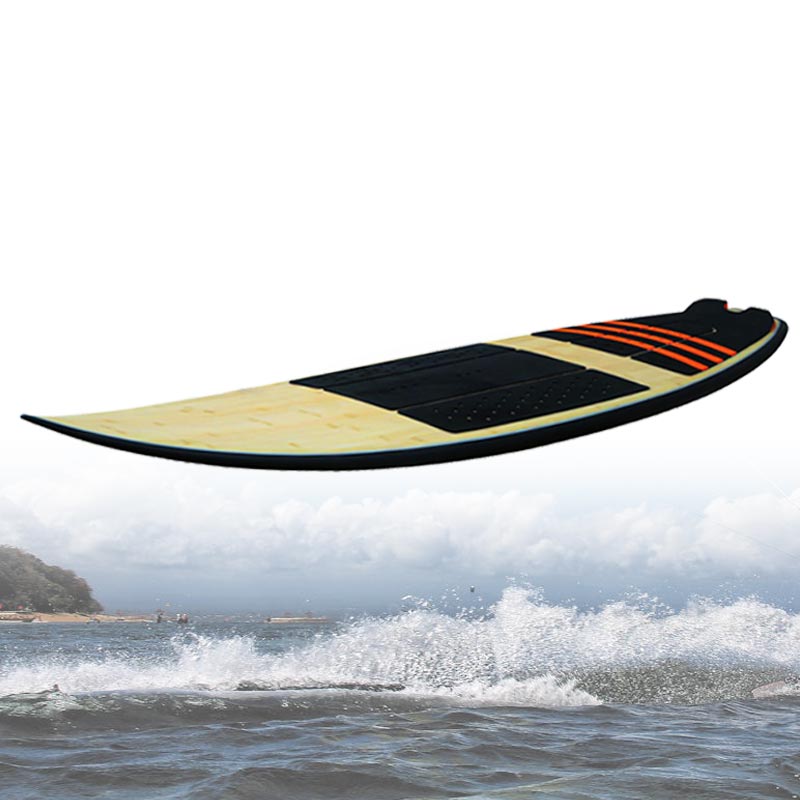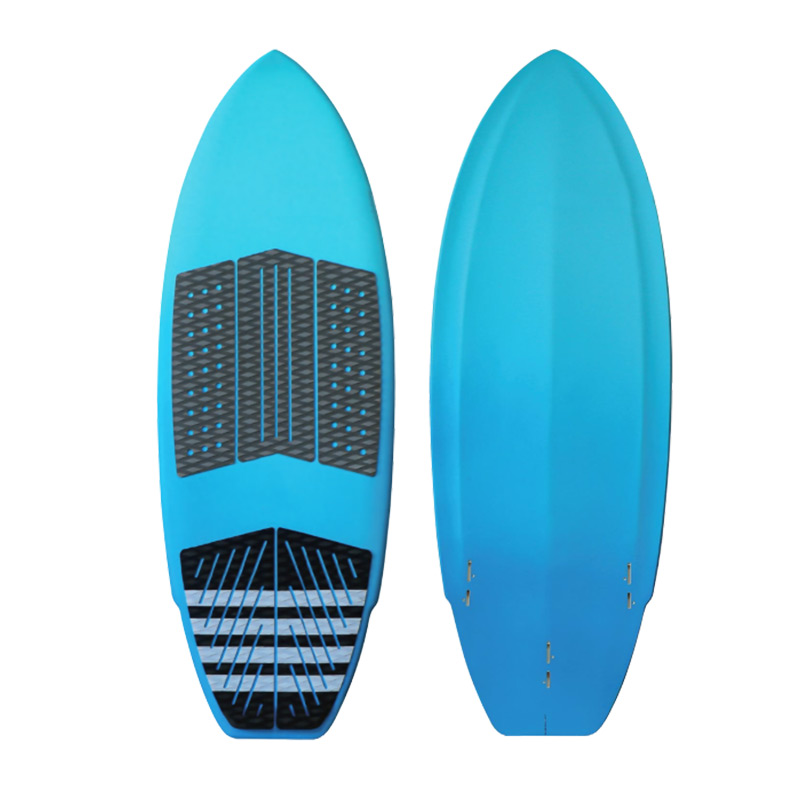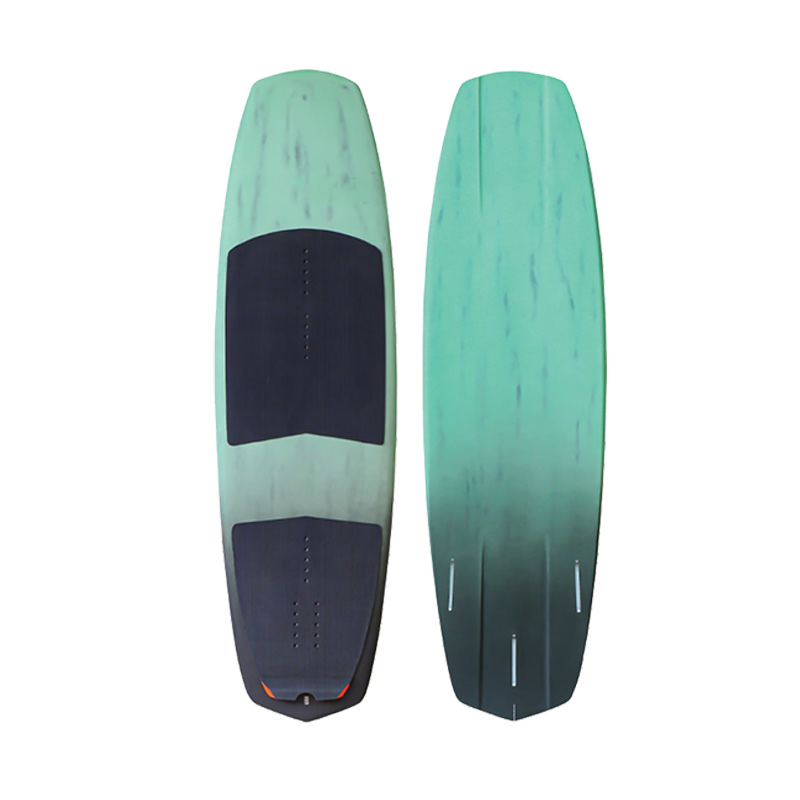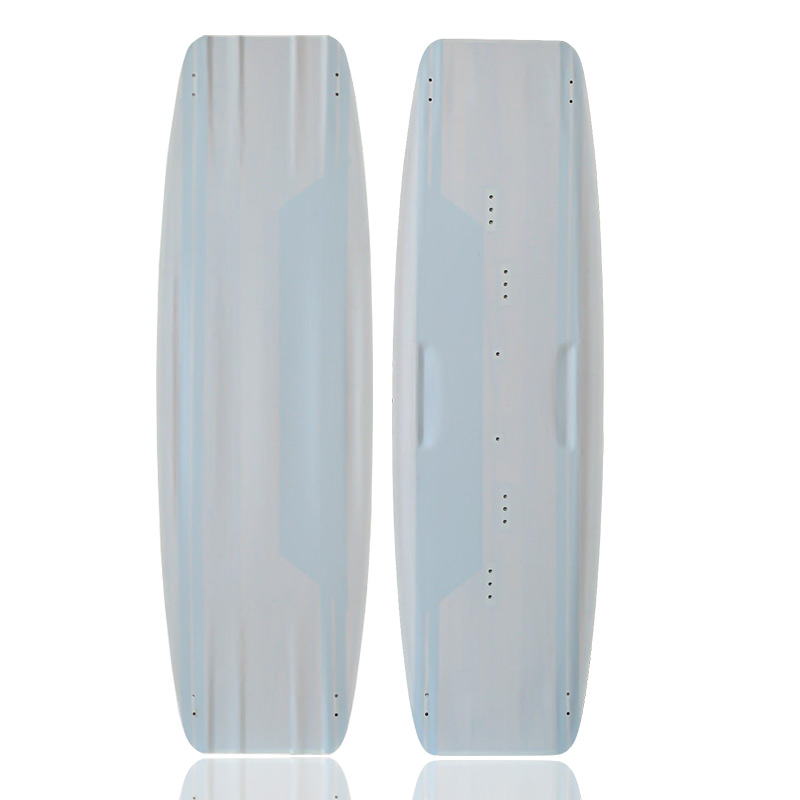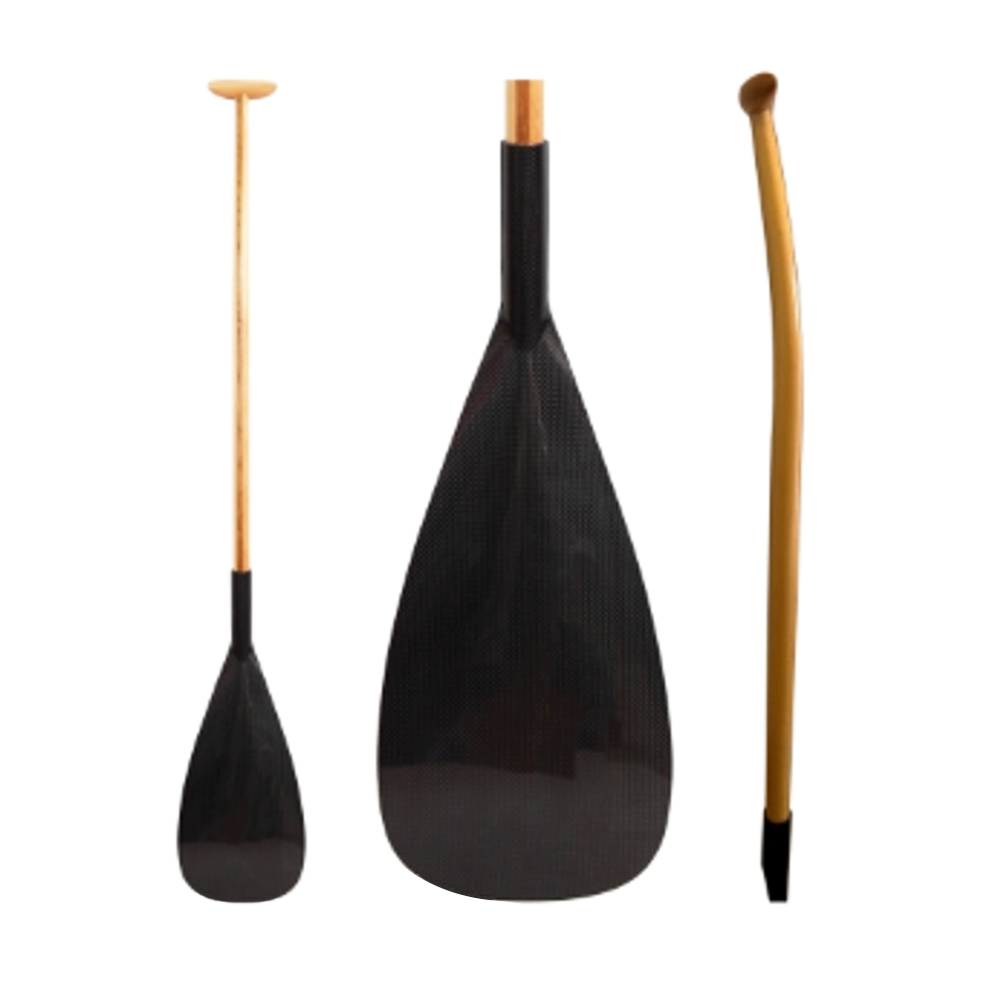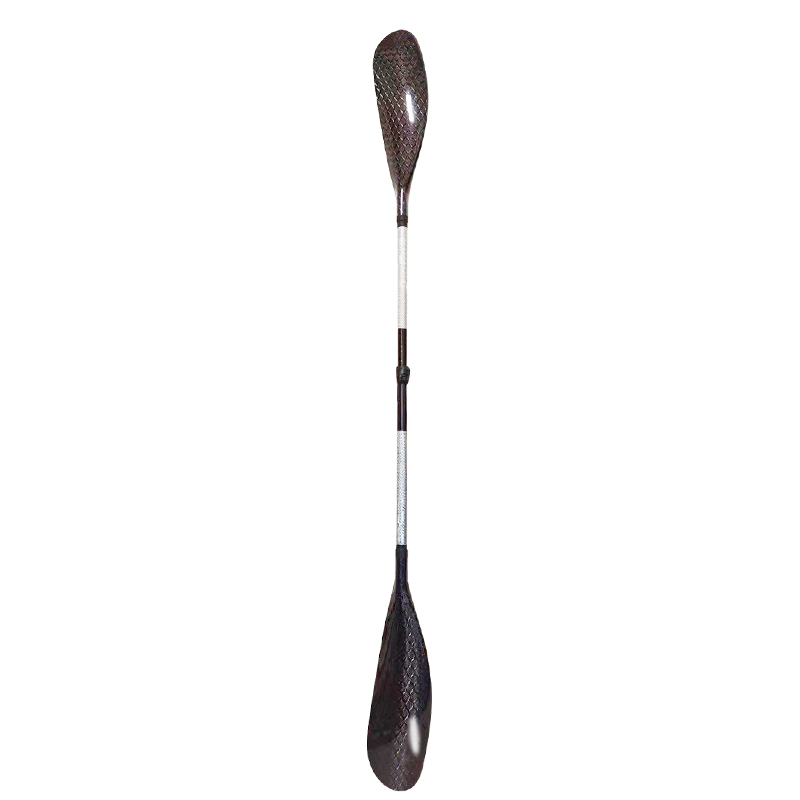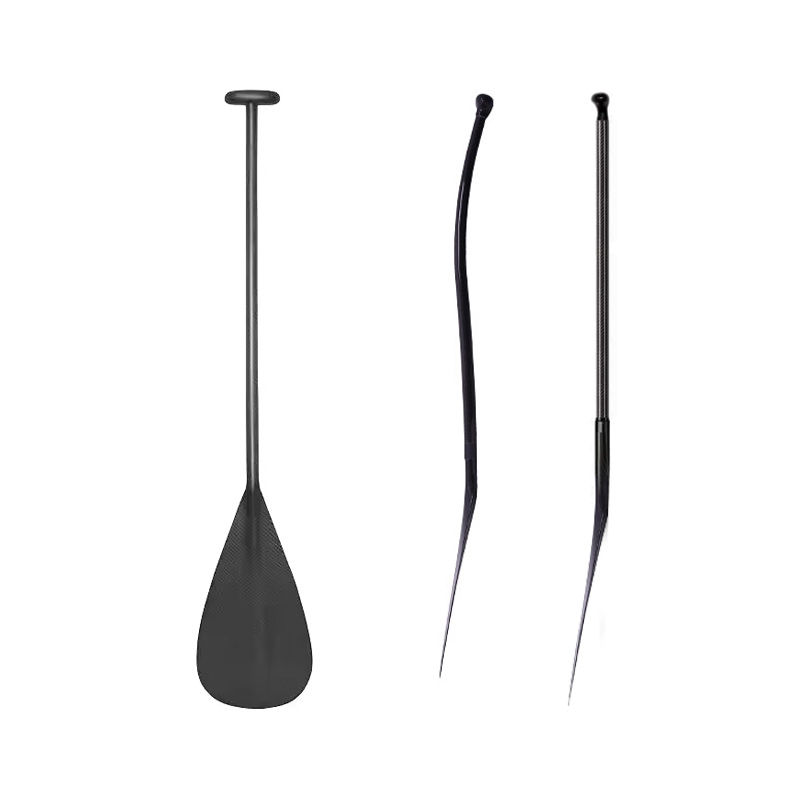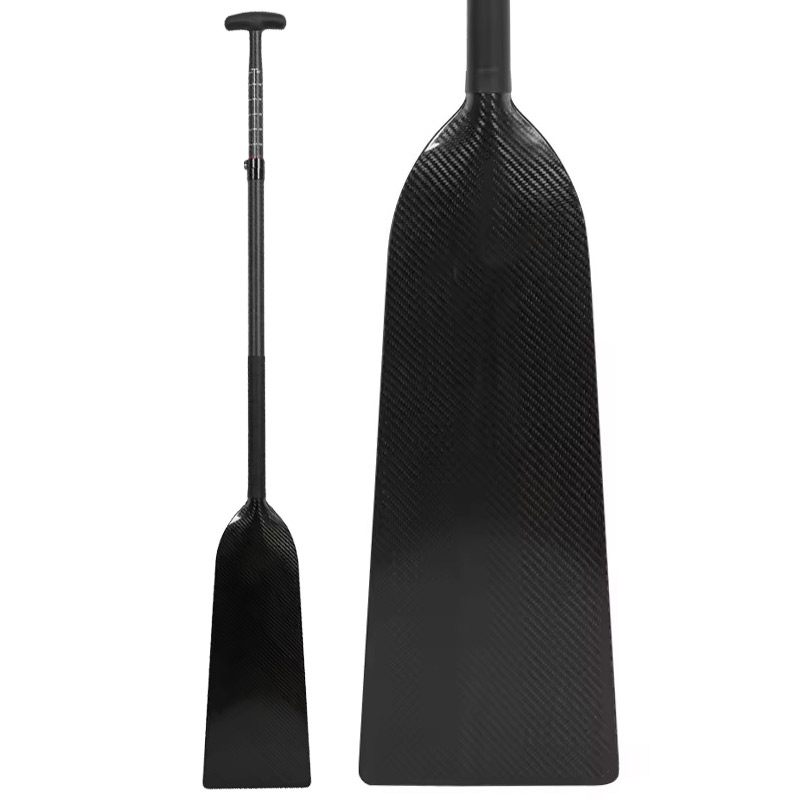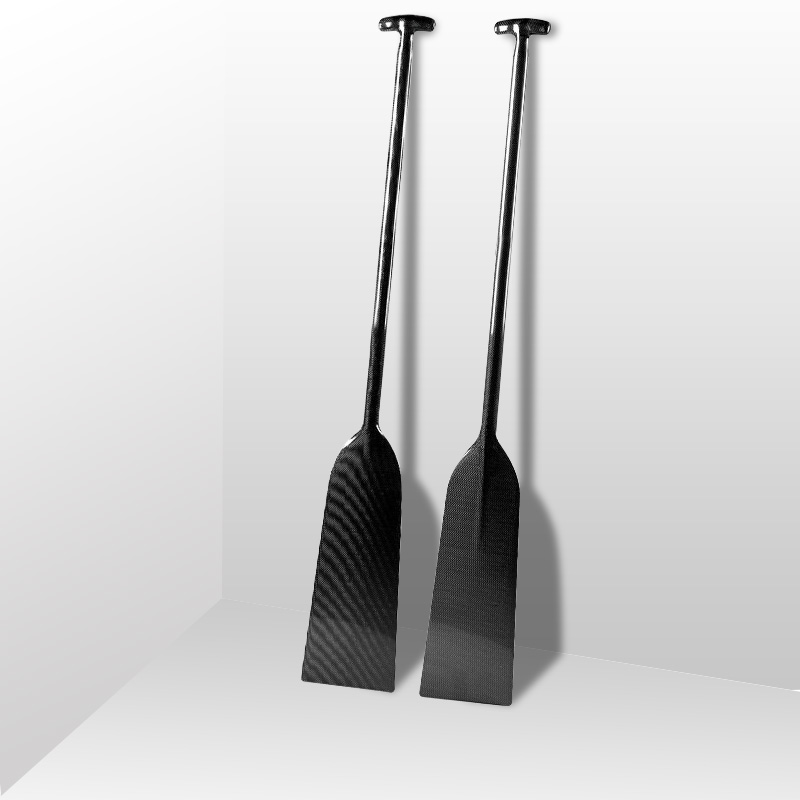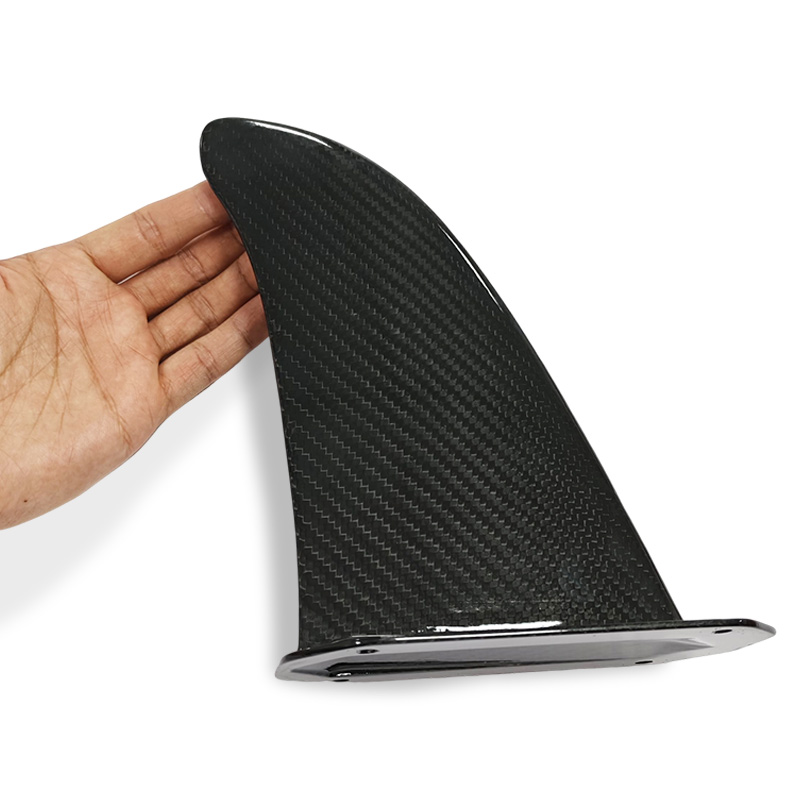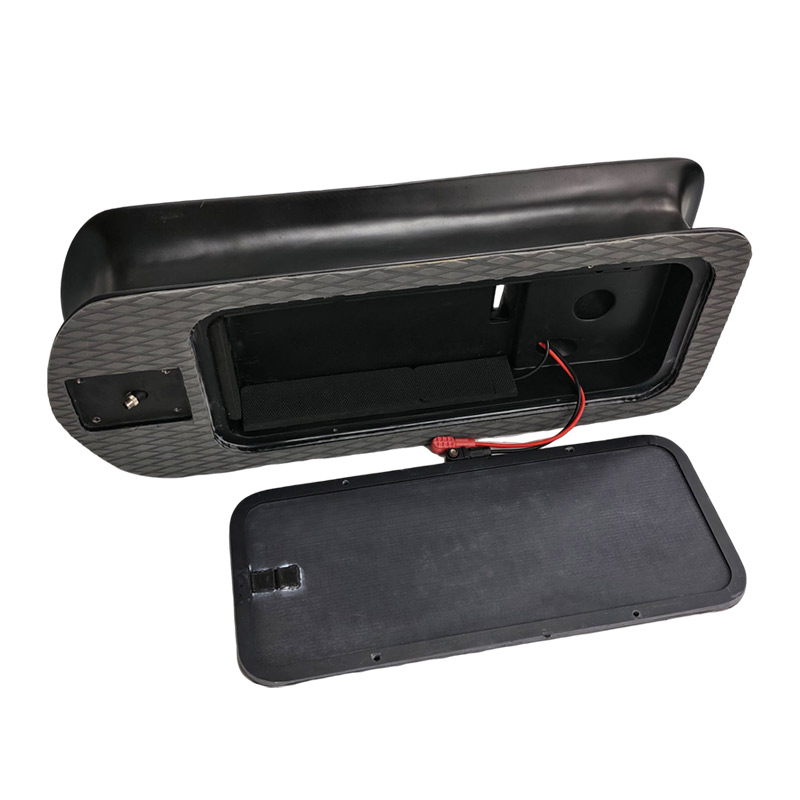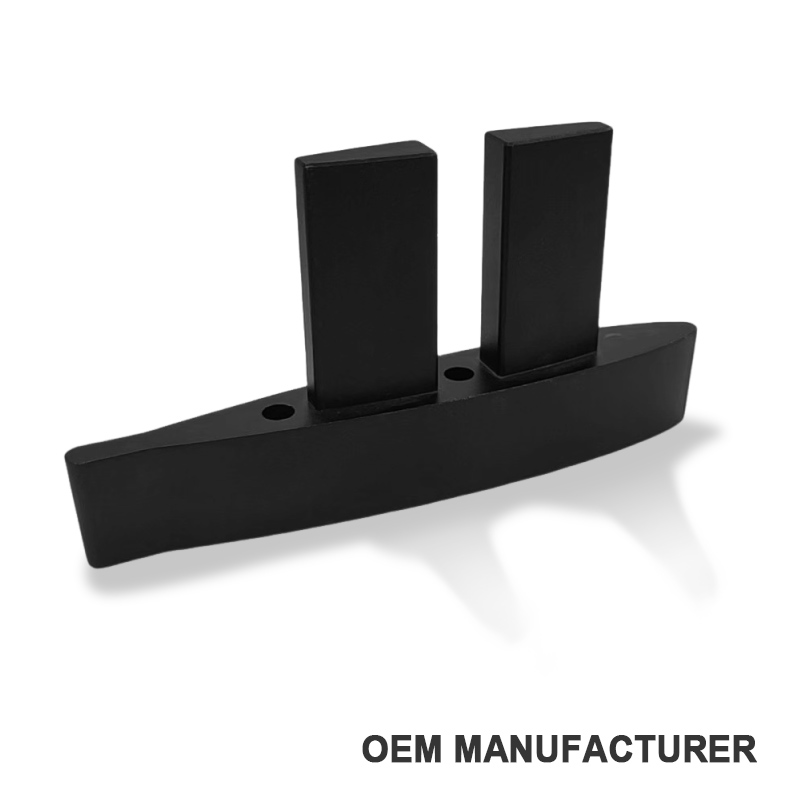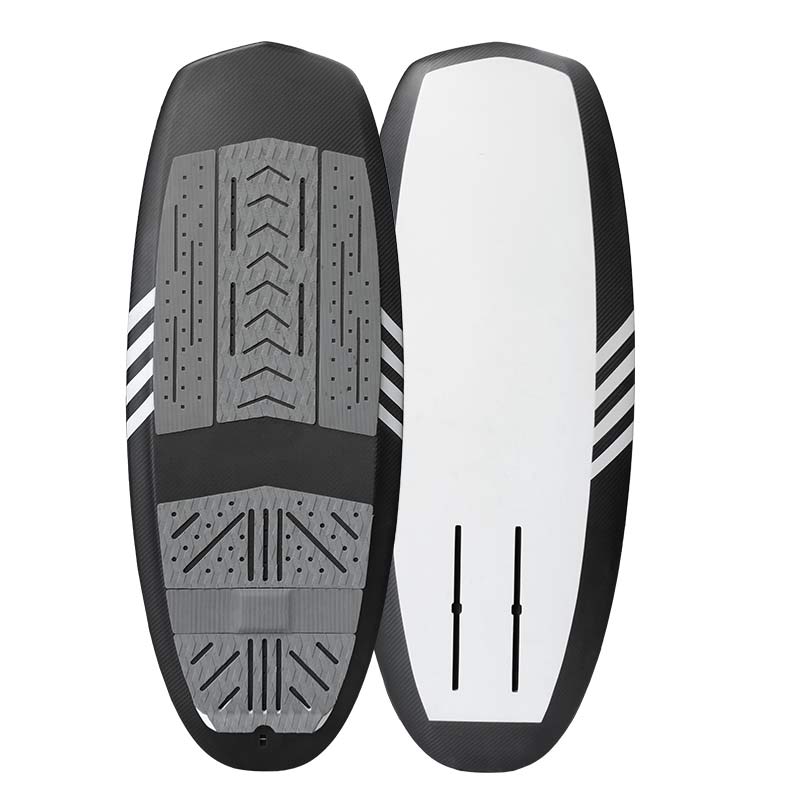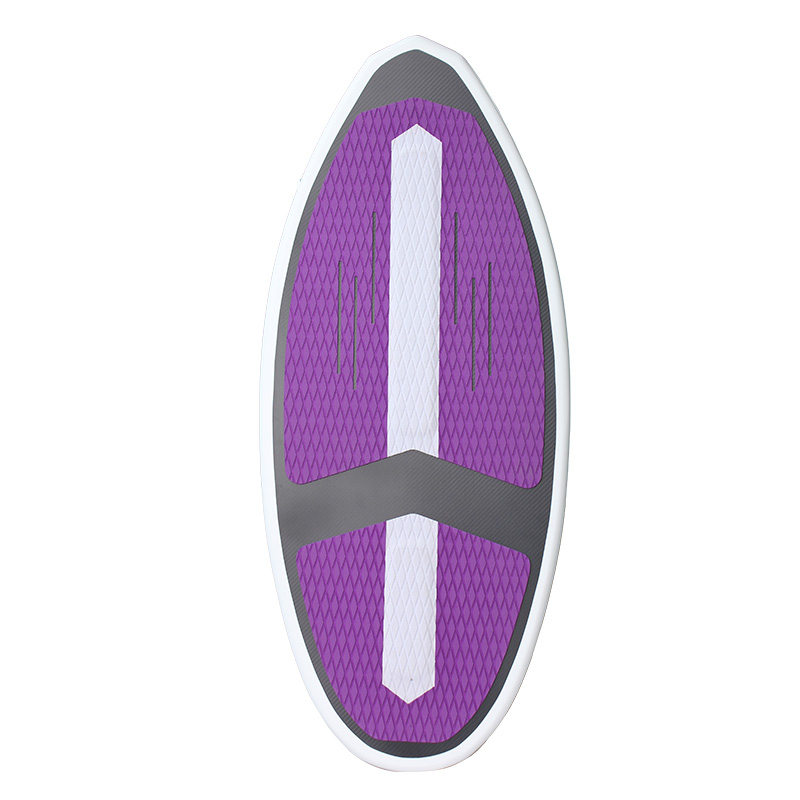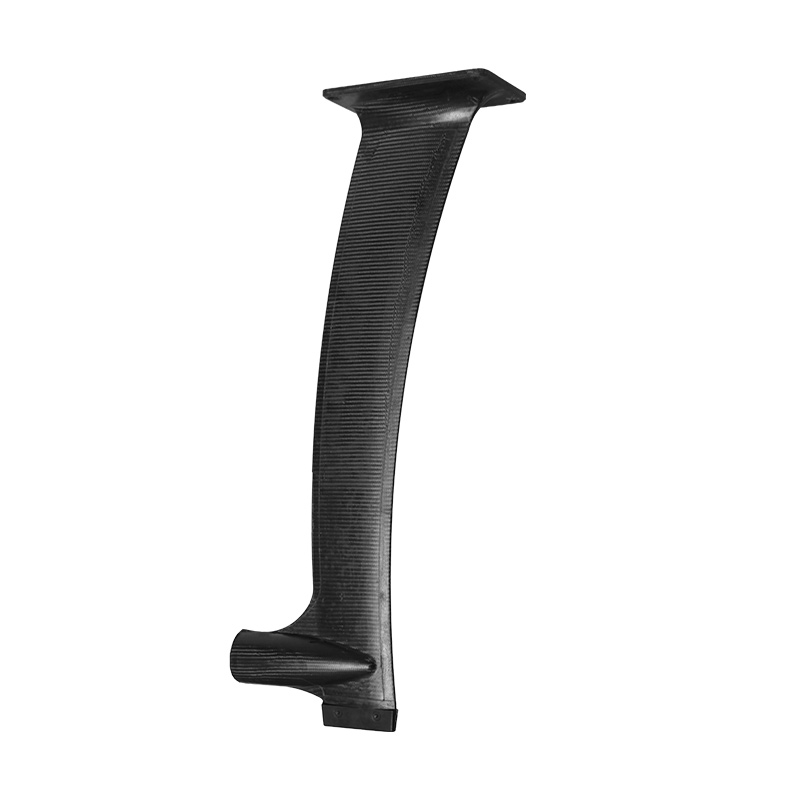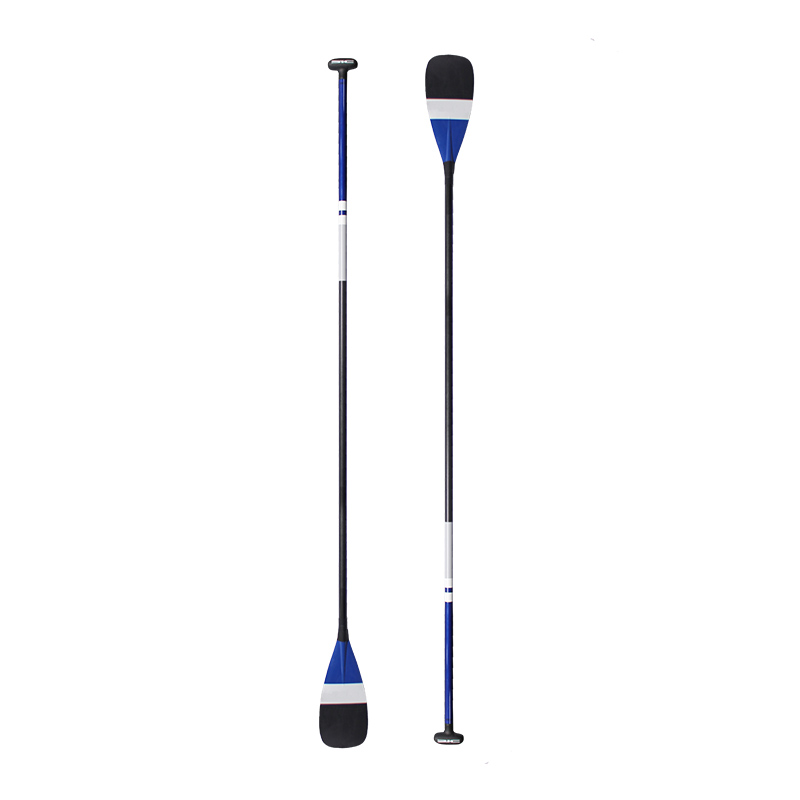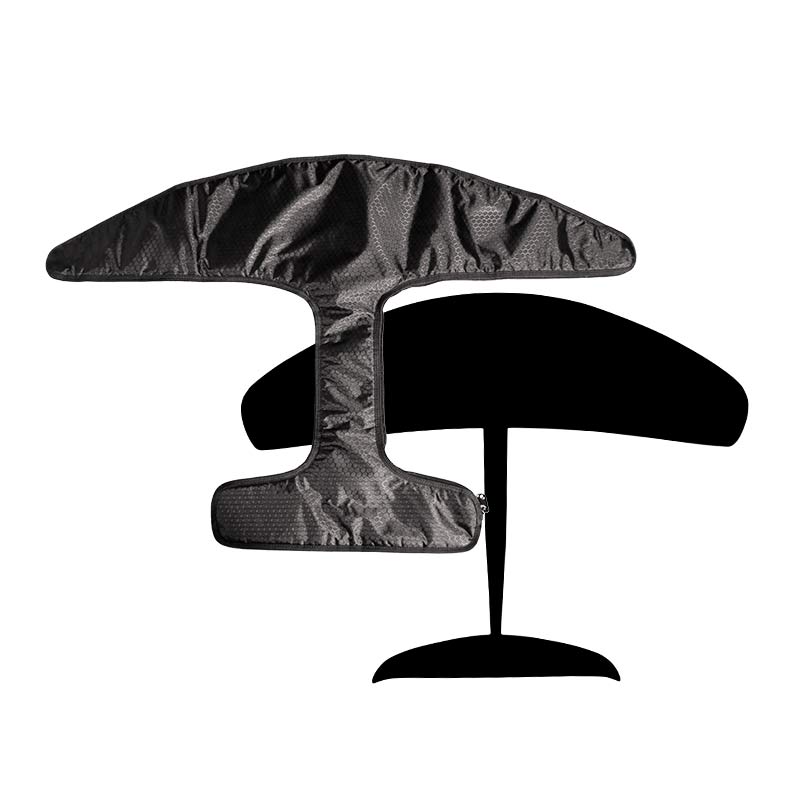Whitewater kayak paddle kayaking sport is a thrilling and exhilarating adventure, where kayakers confront the untamed power of roaring rivers, navigating through tumultuous rapids, and maneuvering around jagged rocks. A crucial element of this exciting sport is the paddle, and in recent years, carbon fiber has emerged as the material of choice for whitewater kayaking paddles. In this article, we’ll delve into the world of whitewater kayaking, exploring the significance of the carbon fiber shaft and blade, techniques for efficient paddling, and the art of river running. By the end, you’ll have a deeper appreciation for the seamless synergy between technology and nature in this sport.
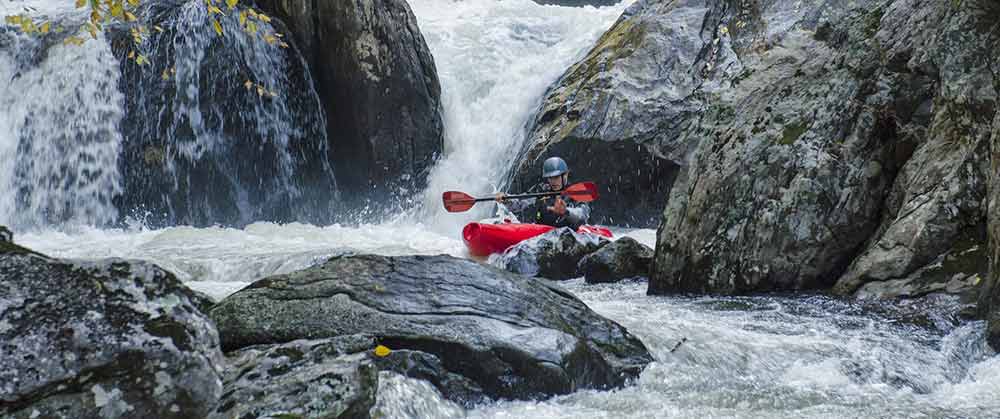
The Carbon Fiber Whitewater Kayak Paddle Advantages
When it comes to choosing a whitewater kayak paddle, the material plays a significant role in determining its effectiveness. Carbon fiber is a lightweight, durable, and strong material, making it an ideal choice for paddle construction. The strength-to-weight ratio of carbon fiber is exceptional, and this becomes especially important in the unpredictable, dynamic environment of whitewater kayaking.
The shaft of a whitewater paddle is one of the primary areas where carbon fiber’s advantages become evident. The lightness of the material means that the paddle is easy to handle and does not tire out the kayaker quickly. A lightweight paddle can make all the difference in a sport where endurance and precision are key.
Another critical advantage of carbon fiber is its stiffness. A stiff paddle shaft allows for more efficient power transfer during paddling strokes. It helps the kayaker generate greater force with each stroke, crucial for maintaining control and maneuverability in turbulent waters. This stiffness is particularly advantageous in river running, where navigating tight spots and rapid changes in the current demand quick and precise paddle movements.
The Difference Between Kayak Paddle Types
Generally, the paddles for various types of kayaking have different characteristics tailored to their specific purposes and intended use. Let’s compare whitewater kayak paddles with fishing kayak paddles, SUP (Stand-Up Paddleboard) kayak paddles, sea kayak paddles, and racing kayak paddles in terms of paddle length, blade shape and size, materials, shaft design, purpose, and intended use:
Paddle Length:
-
- Whitewater Kayak Paddles: Typically shorter, usually in the range of 190-210 cm. Shorter paddles provide more control in turbulent waters and tight spaces.
- Fishing Kayak Paddles: These can vary in length but are often similar to recreational kayak paddles, around 220-240 cm for improved stability and reach.
- SUP Kayak Paddles: SUP kayak paddles are typically longer, often adjustable in length, ranging from 210 cm to 240 cm or more to accommodate the rider’s height and paddling style.
- Sea Kayak Paddles: Longer sea kayak paddles, usually around 220-240 cm, provide efficient, low-angle strokes for covering longer distances.
- Racing Kayak Paddles: Racing paddles are generally longer, closer to 220-240 cm, to maximize power and speed.
Blade Shape and Size:
-
- Whitewater Kayak Paddles: Blades are typically shorter and wider for quick acceleration and maneuverability in turbulent water. They may have a more squared shape to allow for bracing and rolling.
- Fishing Kayak Paddles: Blades are typically medium-sized with a versatile shape, suitable for various conditions and paddling styles.
- SUP Kayak Paddles: SUP kayak paddle blades tend to be larger for increased stability and propulsion. They come in various shapes, including teardrop, dihedral, or asymmetrical designs.
- Sea Kayak Paddles: Blades are designed for efficiency and stability, often featuring a longer, narrower shape for smooth, low-angle strokes.
- Racing Kayak Paddles: Blades are usually longer and narrower, designed for maximum power with each stroke.
Materials:
-
- Whitewater Kayak Paddles: Whitewater paddles are built for durability and are often made from rugged materials like reinforced plastic, fiberglass, or carbon fiber for strength and lightweight.
- Fishing Kayak Paddles: Materials vary, with options including aluminum, fiberglass, or carbon fiber for a balance of durability and weight.
- SUP Kayak Paddles: Materials include aluminum, fiberglass, or carbon fiber, with an emphasis on lightweight options to reduce fatigue during stand-up paddling.
- Sea Kayak Paddles: Materials like fiberglass and carbon fiber are common, offering a good balance between durability and weight.
- Racing Kayak Paddles: Racing paddles are predominantly made of lightweight materials like carbon fiber for maximum efficiency and reduced fatigue.
Shaft Design:
-
- Whitewater Kayak Paddles: Whitewater paddles may feature oval or indexed shafts for better grip and control, especially during rolling maneuvers.
- Fishing Kayak Paddles: Shaft designs can vary but are often straight or slightly bent for ease of use while fishing.
- SUP Kayak Paddles: SUP kayak paddle shafts are typically straight and may be adjustable in length for versatility.
- Sea Kayak Paddles: Sea kayak paddles often have straight shafts, sometimes with feathered options, for a comfortable and efficient paddling experience.
- Racing Kayak Paddles: Racing paddle shafts are straight, often designed for maximum control and power transfer.
Purpose and Intended Use:
-
- Whitewater Kayak Paddles: Designed for navigating turbulent whitewater, offering control and maneuverability.
- Fishing Kayak Paddles: Geared toward stability, allowing kayak anglers to paddle to their fishing spots with ease.
- SUP Kayak Paddles: Ideal for stand-up paddleboarding, providing stability and propulsion.
- Sea Kayak Paddles: Intended for long-distance touring and efficient, low-angle paddling in open water.
- Racing Kayak Paddles: Engineered for competitive racing, focusing on speed and power.
Efficient Whitewater Kayak Paddle Techniques
Now that we understand the role of carbon fiber in whitewater kayak paddles, let’s dive into the techniques that paddlers employ to harness the power of the river and maximize their efficiency.
- The Power Stroke: The fundamental paddle stroke in whitewater kayaking is the power stroke. It’s executed by submerging the blade deep into the water and then using core and upper body strength to pull the paddle towards you. A stiff carbon fiber shaft is incredibly helpful in this stroke, as it allows you to transfer maximum force from your body to the water.
- High and Low Brace Strokes: The high and low brace strokes are essential for maintaining balance and preventing capsizes in turbulent conditions. Carbon fiber paddles, thanks to their lightness, enable kayakers to execute these strokes with speed and precision, allowing for quick adjustments to changing water dynamics.
- Sweep Strokes: Sweep strokes are used for turning the kayak. By angling the paddle blade and sweeping it through the water, you can pivot the kayak in the desired direction. The stiffness of a carbon fiber paddle shaft ensures that the force you exert on the water is efficiently transmitted to the kayak, making it easier to execute these critical turns.
- Draw Strokes: Draw strokes help kayakers move the kayak sideways or toward the paddle side. They are particularly useful when you need to avoid obstacles or change your course. The lightweight nature of carbon fiber paddles makes drawing easier and less tiring.
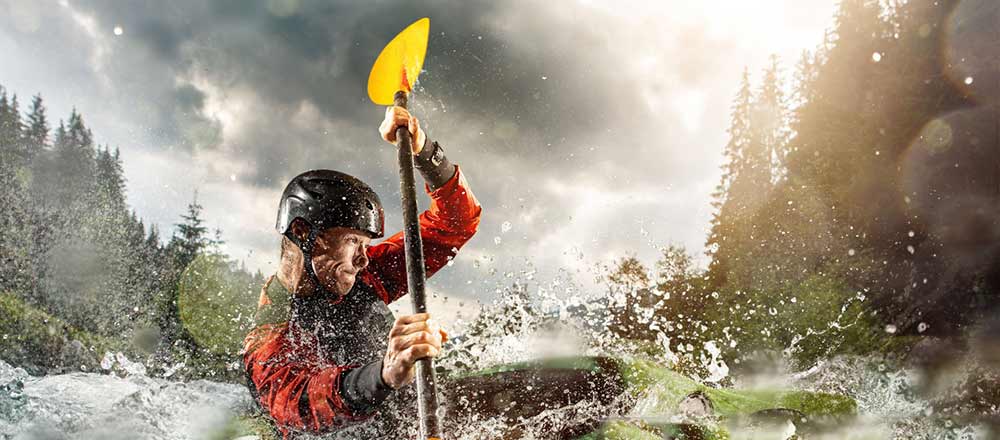
River Running: The Art of Control
Whitewater kayaking is not just about adrenaline rushes; it’s also an art of control. River running is the heart of this sport, as kayakers navigate down a river, tackling its rapids, waves, and rocks with skill and precision.
- Reading the River: Before embarking on a river run, it’s essential to read the river, understanding its flow, currents, and potential hazards. This knowledge helps kayakers plan their route and anticipate the best lines to take. When the going gets tough, a carbon fiber paddle provides the responsiveness and control needed to adapt to the river’s ever-changing moods.
- Whitewater Kayak Paddle Placement: Accurate paddle placement is the key to maneuvering through whitewater features. Whether it’s riding a wave or dodging a rock, the stiffness and lightweight nature of a carbon fiber paddle allow for precise paddle placement, ensuring that every stroke counts.
- Edge Control: Proper kayak edging is essential in river running to maintain stability and control. Edging involves tilting the kayak slightly to one side, making it easier to steer and navigate through the river’s tumultuous waters. A lightweight paddle makes it easier to maintain balance while edging and exerting the necessary force for control.
- Bracing: Bracing is a fundamental skill in river running. The ability to quickly transition between high and low braces or execute a well-timed roll can be a lifesaver in challenging situations. Carbon fiber paddles, with their ease of maneuverability and quick response, provide the advantage needed for effective bracing.
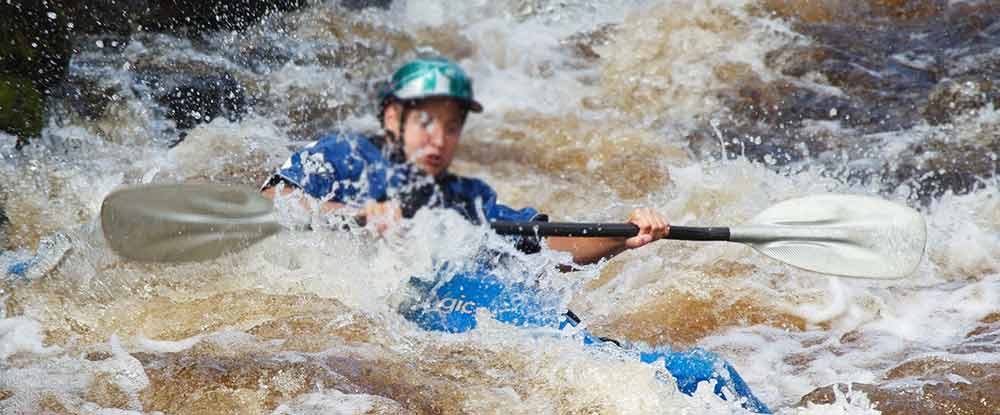
Conclusion
Whitewater kayaking is a sport that demands the perfect synergy between paddler and equipment. Carbon fiber whitewater kayak paddles have emerged as the pinnacle of technology, offering a combination of strength, stiffness, and lightness that significantly enhances a kayaker’s performance. With these advanced paddles, kayakers can execute efficient strokes, maintain control in the most demanding conditions, and enjoy the art of river running to the fullest.
So, whether you’re a seasoned pro or a beginner looking to explore the world of whitewater kayaking, consider investing in a carbon fiber paddle. It’s not just a piece of equipment; it’s your trusted partner in conquering the rapids and embracing the wild beauty of nature. In the end, it’s not just about the paddle; it’s about the unforgettable journey down the river.
Unity Sports is a composites manufacturer of surfing products, if you are interested in custom a whitewater kayak paddle, welcome to send an inquiry to us.

